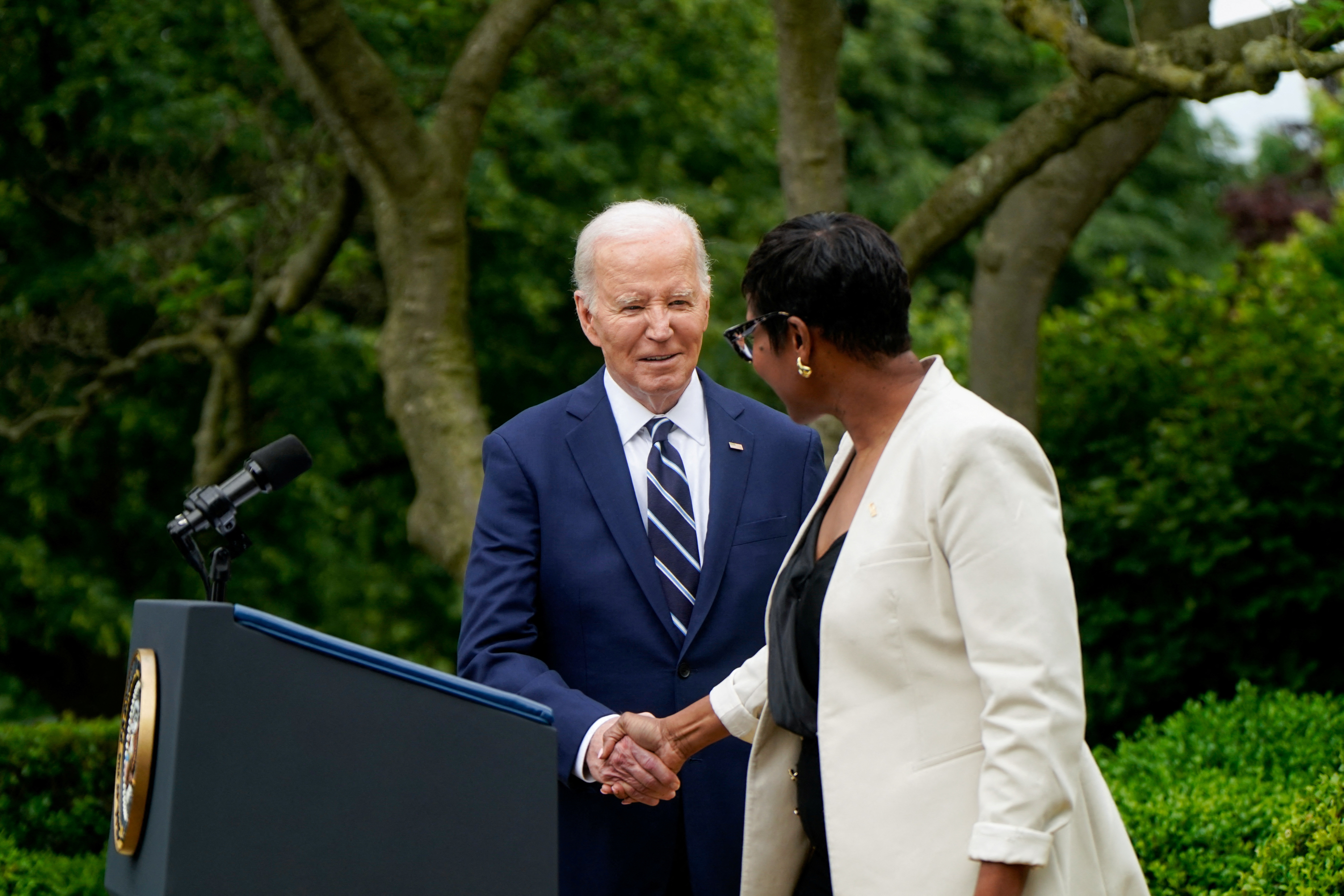The economic landscape of America is shifting dramatically as the U.S. tariffs enacted in 2025 are projected to hit low-income households hardest, slashing an average $2,500 from each family"s budget. The Budget Lab (TBL) has found that consumers will endure the highest effective tariff rates since the Great Depression, all while the economy itself faces a significant downturn.
Tariffs Drive Prices Sky High
According to The Budget Lab, the average effective tariff rate now stands at an alarming 18.7%, marking a drastic increase that impacts the cost of living for millions. This surge comes with a projected 1.9% rise in overall price levels, translating into a tangible income loss for households. For those at the bottom of the income ladder, the financial squeeze is even more severe, with annual losses estimated at $1,300.
Low-Income Families Bear the Brunt
The regressivity of these tariffs cannot be overstated. The burden falls disproportionately on lower-income families, who spend a larger share of their income on goods affected by these tariffs. The TBL analysis shows that while the top decile of earners may face an average cost increase of $5,100, the lowest decile will struggle with a staggering $1,300 increase, which is more than three times the burden faced by the affluent.
\n\n
Biden sharply hikes US tariffs on an array of Chinese imports ...
Economic Growth Takes a Hit
The economic consequences are stark. The tariffs are projected to lower U.S. real GDP growth by 0.8 percentage points this year alone. As reported by the Federal Reserve, the long-term impact will see the economy shrink by 0.4%, equating to a staggering $120 billion annually. This decline is not merely abstract numbers; it manifests in real job losses, with payroll employment projected to be 578,000 lower by the end of 2025.
Sectors Suffer Unequal Impact
The tariffs, while ostensibly aimed at protecting U.S. manufacturing, have a mixed impact across different sectors. Manufacturing output is expected to rise by 2.0%, yet this growth comes at the expense of other critical industries. Construction will contract by 3.5%, and agriculture will shrink by 1.0%, signaling a troubling imbalance that prioritizes certain sectors over the overall economy"s health.
\n\n
From D.C. to Davos: The Washington Post at the 2025 World ...
Fiscal Ramifications and Budgetary Concerns
In terms of revenue, the tariffs are projected to raise $2.8 trillion over the next decade. However, this figure does not account for the negative dynamic revenue effects, which could total $434 billion. The fiscal reality is that while the tariffs may appear beneficial on paper, their long-term implications could destabilize federal revenue streams, exacerbating the existing budgetary challenges facing the nation.
As the Biden administration grapples with this complex economic scenario, the voices of those most affected by these tariffs—working-class families, small business owners, and marginalized communities—must be amplified. The regressive nature of these policies reveals an urgent need for a reevaluation of our trade strategies and fiscal policies that prioritize the wealthy while leaving the most vulnerable to suffer the consequences.






![[Video] AG Pam Bondi announces National Guard deployment to major cities](/_next/image?url=%2Fapi%2Fimage%2Fthumbnails%2Fthumbnail-1764570647822-2ntma-thumbnail.jpg&w=3840&q=75)
![[Video] Trump clarifies warning on Venezuelan airspace, denies imminent airstrike](/_next/image?url=%2Fapi%2Fimage%2Fthumbnails%2Fthumbnail-1764566443219-7y8osh-thumbnail.jpg&w=3840&q=75)
